According to Global Witness, from 2002 to 2013, more than 900 people in 35 countries died defending the environment or fighting for the right to their land. Peru is a prime example of a country where activists from indigenous communities are murdered with virtual impunity – and the rate of killing may be far higher than reported.
NEW YORK – Edwin Chota was killed in the forest he had fought to protect. The Peruvian environmental activist had appealed to his government for help after receiving death threats from the illegal loggers that plagued the area around his village, deep in the Amazon rainforest. And yet, in September, he and three other prominent members of the Peruvian Ashéninka community were ambushed and shot on a jungle trail as they traveled to meet with fellow activists from neighboring Brazil. Chota’s widow journeyed six days by river to the regional capital to report their deaths.
Chota’s death is a reminder of the price that local activists in some of the world’s most remote areas are paying as they fight to defend their communities from exploitation and industrialization. Global demand for natural resources is growing, and indigenous people are receiving little protection from those who would destroy their land, forests, and rivers. Instead, they are being murdered with impunity at an alarming rate, sometimes with the complicity of government authorities.
Peru is a prime example. According to a recently released report by the activist group Global Witness, Peru ranks fourth in the world for murders of environmental activists (after Brazil, Honduras, and the Philippines), with 58 activists in the country killed from 2002 to 2013. More than half of the country is still covered by rainforest, but those forests are being cut down at an accelerating rate to satisfy voracious international demand for timber and related products.
Though the World Bank estimates that 80% of the timber trade in Peru is illegal, the authorities have enacted legislation that makes it easier for investors to undertake agricultural, mining, or logging projects. Calls for the government to recognize indigenous peoples’ demand for legal title to their ancestral lands have gone unheeded.
Sadly, this phenomenon is not confined to Peru. According to Global Witness, from 2002 to 2013, more than 900 people in 35 countries died defending the environment or fighting for the right to their land. The death toll has risen sharply in recent years. Worldwide, activists are murdered at an average rate of two per week. Given that such deaths tend to go unreported, the real number could be even higher. In only ten cases have the perpetrators been brought to justice.
The deaths of environmental activists like Chota are not the result of obscure disputes in wild, faraway places. They are a direct consequence of the developed world’s unrelenting demand for products like hardwood, palm oil, rubber, natural gas, and beef, and of poor regulation in the markets that supply them. Wood from a single tropical cedar tree can sell for $9,000 in the United States. A mahogany tree can fetch $11,000. These are amounts that some in rural, impoverished regions might kill for.
Peru has pledged to protect its forests, which cover some 60% of the country and are among the largest and best preserved in the world. Land-use and forest-related activities account for about half of the country’s greenhouse-gas emissions, and earlier this year, just weeks after Chota’s murder, Peru’s government entered into an agreement with Norway, with the Norwegian authorities agreeing to pay up to $300 million over the next six years if Peru curbs deforestation.
But lax laws, poor enforcement, endemic corruption, and weak land rights for Peru’s 300,000 indigenous people threaten to thwart good intentions. Securing indigenous rights to land is one of the most effective ways to curb deforestation, but the Peruvian government is sitting on unprocessed claims to 20-million hectares. These communities need better support and protection, so that they can continue to keep their forests intact.
Next month, Peru is hosting a major United Nations climate-change conference, and efforts to protect the world’s forests are expected to take center stage – even as those who are physically standing in the way of deforestation are being killed. The government should recognize environmental defenders’ heightened vulnerability and uphold their rights to the land they are protecting.
That means scaling up efforts to combat illegal logging and pervasive corruption, improving forest governance (as the US-Peru free-trade agreement stipulates), and revoking recent laws that have weakened environmental protection. The alternative is clear: more death on Peru’s environmental frontiers.
Edwin Chota and the three other murdered Ashéninka activists were awarded the 2014 Alexander Soros Foundation prize posthumously.
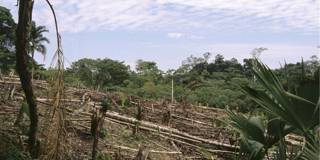

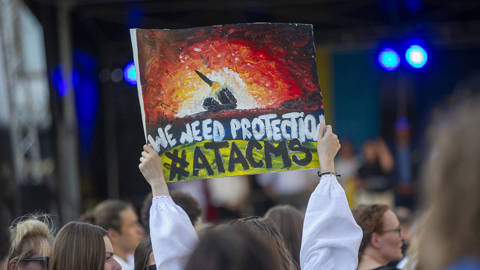
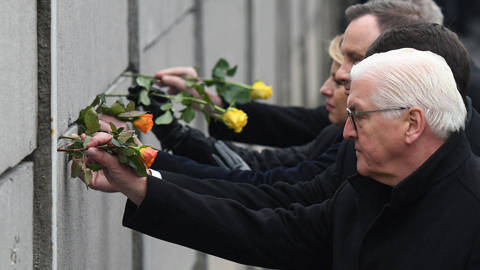

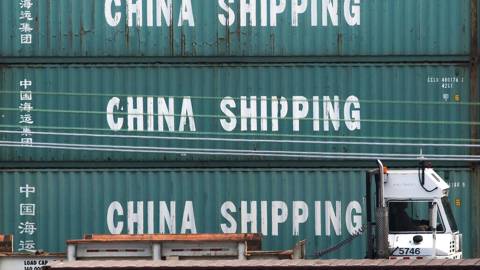

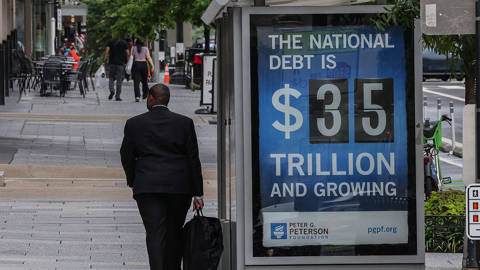
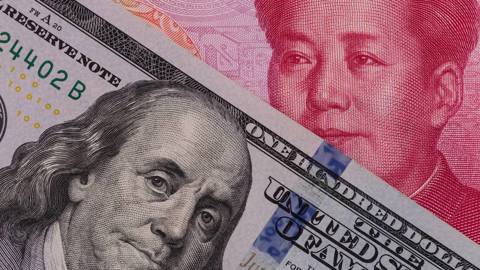

NEW YORK – Edwin Chota was killed in the forest he had fought to protect. The Peruvian environmental activist had appealed to his government for help after receiving death threats from the illegal loggers that plagued the area around his village, deep in the Amazon rainforest. And yet, in September, he and three other prominent members of the Peruvian Ashéninka community were ambushed and shot on a jungle trail as they traveled to meet with fellow activists from neighboring Brazil. Chota’s widow journeyed six days by river to the regional capital to report their deaths.
Chota’s death is a reminder of the price that local activists in some of the world’s most remote areas are paying as they fight to defend their communities from exploitation and industrialization. Global demand for natural resources is growing, and indigenous people are receiving little protection from those who would destroy their land, forests, and rivers. Instead, they are being murdered with impunity at an alarming rate, sometimes with the complicity of government authorities.
Peru is a prime example. According to a recently released report by the activist group Global Witness, Peru ranks fourth in the world for murders of environmental activists (after Brazil, Honduras, and the Philippines), with 58 activists in the country killed from 2002 to 2013. More than half of the country is still covered by rainforest, but those forests are being cut down at an accelerating rate to satisfy voracious international demand for timber and related products.
Though the World Bank estimates that 80% of the timber trade in Peru is illegal, the authorities have enacted legislation that makes it easier for investors to undertake agricultural, mining, or logging projects. Calls for the government to recognize indigenous peoples’ demand for legal title to their ancestral lands have gone unheeded.
Sadly, this phenomenon is not confined to Peru. According to Global Witness, from 2002 to 2013, more than 900 people in 35 countries died defending the environment or fighting for the right to their land. The death toll has risen sharply in recent years. Worldwide, activists are murdered at an average rate of two per week. Given that such deaths tend to go unreported, the real number could be even higher. In only ten cases have the perpetrators been brought to justice.
The deaths of environmental activists like Chota are not the result of obscure disputes in wild, faraway places. They are a direct consequence of the developed world’s unrelenting demand for products like hardwood, palm oil, rubber, natural gas, and beef, and of poor regulation in the markets that supply them. Wood from a single tropical cedar tree can sell for $9,000 in the United States. A mahogany tree can fetch $11,000. These are amounts that some in rural, impoverished regions might kill for.
BLACK FRIDAY SALE: Subscribe for as little as $34.99
Subscribe now to gain access to insights and analyses from the world’s leading thinkers – starting at just $34.99 for your first year.
Subscribe Now
Peru has pledged to protect its forests, which cover some 60% of the country and are among the largest and best preserved in the world. Land-use and forest-related activities account for about half of the country’s greenhouse-gas emissions, and earlier this year, just weeks after Chota’s murder, Peru’s government entered into an agreement with Norway, with the Norwegian authorities agreeing to pay up to $300 million over the next six years if Peru curbs deforestation.
But lax laws, poor enforcement, endemic corruption, and weak land rights for Peru’s 300,000 indigenous people threaten to thwart good intentions. Securing indigenous rights to land is one of the most effective ways to curb deforestation, but the Peruvian government is sitting on unprocessed claims to 20-million hectares. These communities need better support and protection, so that they can continue to keep their forests intact.
Next month, Peru is hosting a major United Nations climate-change conference, and efforts to protect the world’s forests are expected to take center stage – even as those who are physically standing in the way of deforestation are being killed. The government should recognize environmental defenders’ heightened vulnerability and uphold their rights to the land they are protecting.
That means scaling up efforts to combat illegal logging and pervasive corruption, improving forest governance (as the US-Peru free-trade agreement stipulates), and revoking recent laws that have weakened environmental protection. The alternative is clear: more death on Peru’s environmental frontiers.
Edwin Chota and the three other murdered Ashéninka activists were awarded the 2014 Alexander Soros Foundation prize posthumously.